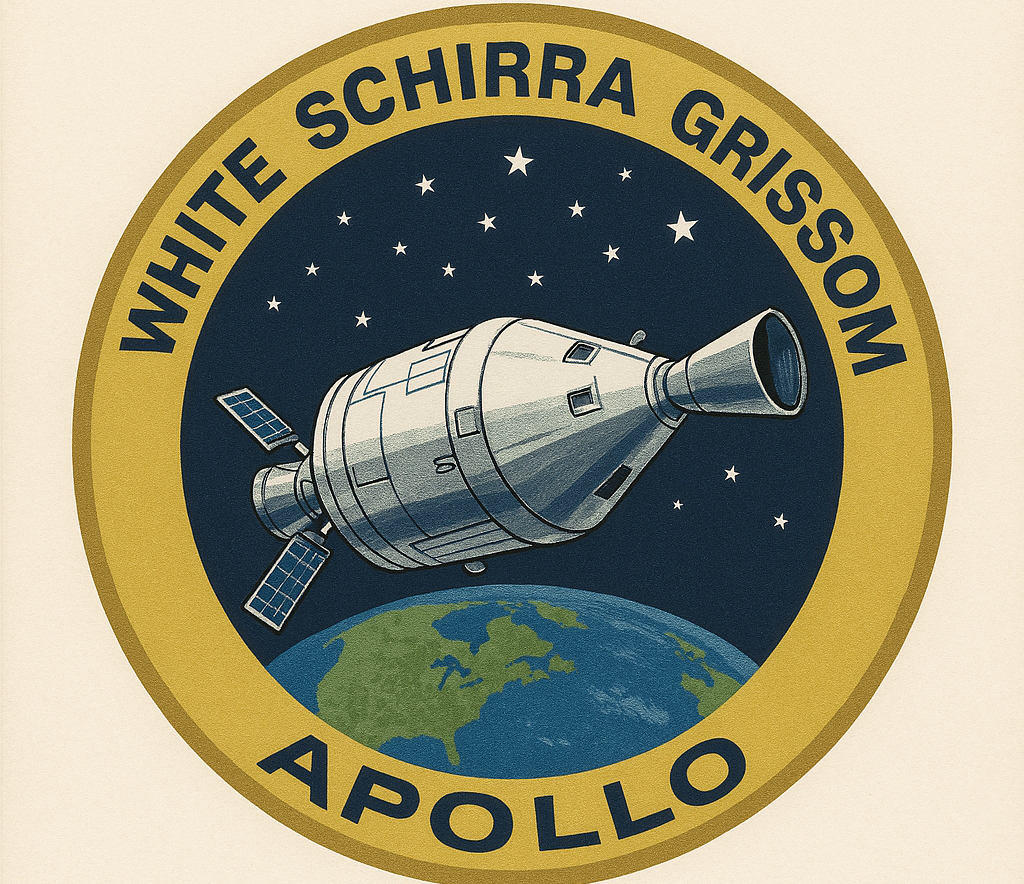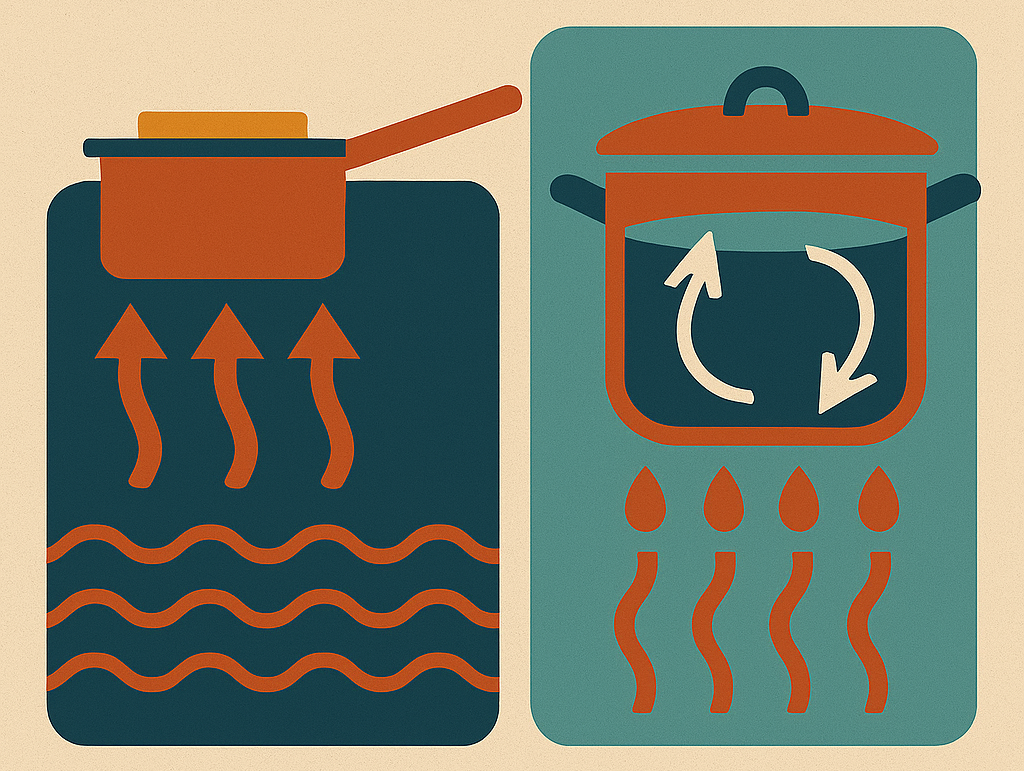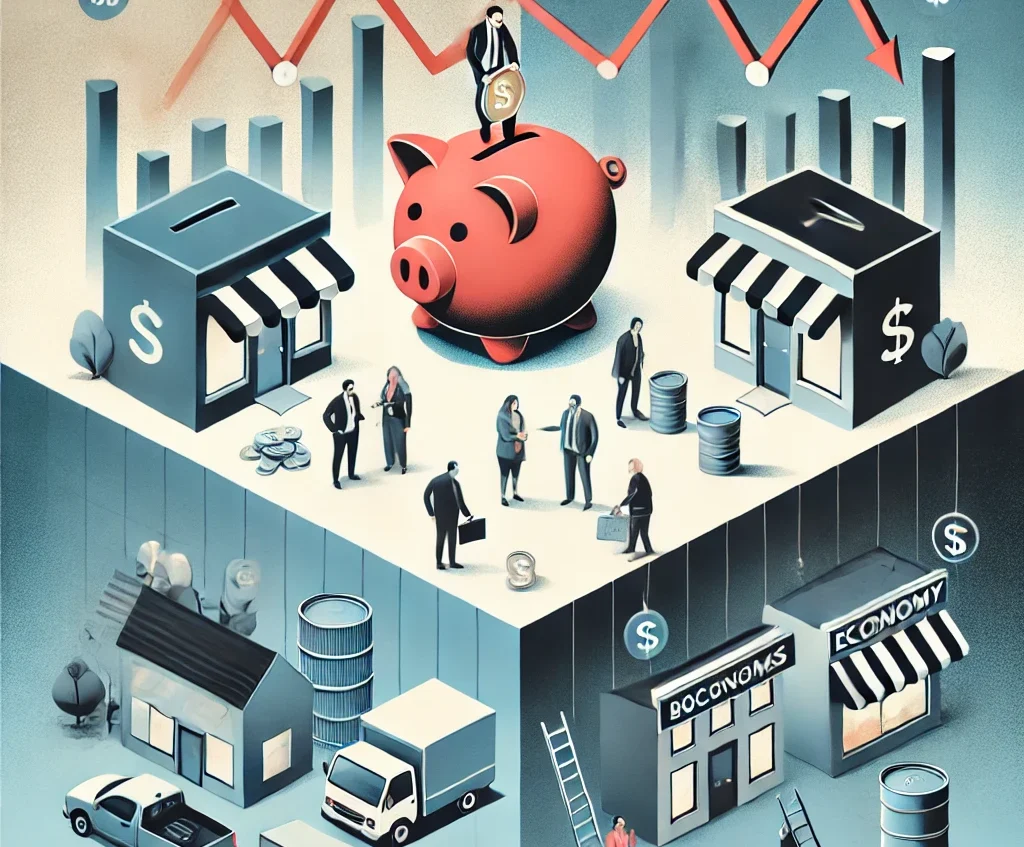
Imagine seeing the color blue every time you hear a trumpet. Or tasting strawberries when you read the number 4. For people with synesthesia, this kind of sensory overlap is real. It’s a fascinating condition where stimulation of one sense automatically triggers another — almost like the brain is cross-wired in a unique way.
Synesthesia isn’t an illness or a disorder — it’s more like a rare sensory experience. Some of the most common forms include grapheme-color synesthesia, where people see letters or numbers in specific colors, or sound-color synesthesia, where certain sounds make people see bursts of light or color. These aren’t things they imagine — they actually perceive them, and often consistently. For example, if someone sees the letter “A” as red, it’s always red to them.
Scientists believe synesthesia happens because of extra connections between parts of the brain that don’t usually “talk” to each other so directly. In most people, senses like sight, hearing, and taste work separately, but in Synesthesia, the boundaries are more fluid. Brain imaging has shown that when a synesthete hears music, their visual areas may light up too. Interestingly, some people aren’t even aware they have it until they realize others don’t experience the world the same way.
Though rare — affecting roughly 1 in 2,000 to 1 in 20,000 people depending on the type — synesthesia has been linked to enhanced creativity and memory. Famous synesthetes include composer Duke Ellington and artist Wassily Kandinsky, who used their blended senses to create striking works. For them, and many others, synesthesia isn’t just a quirk — it’s a richer way of experiencing the world.
RELATED POSTS
View all


